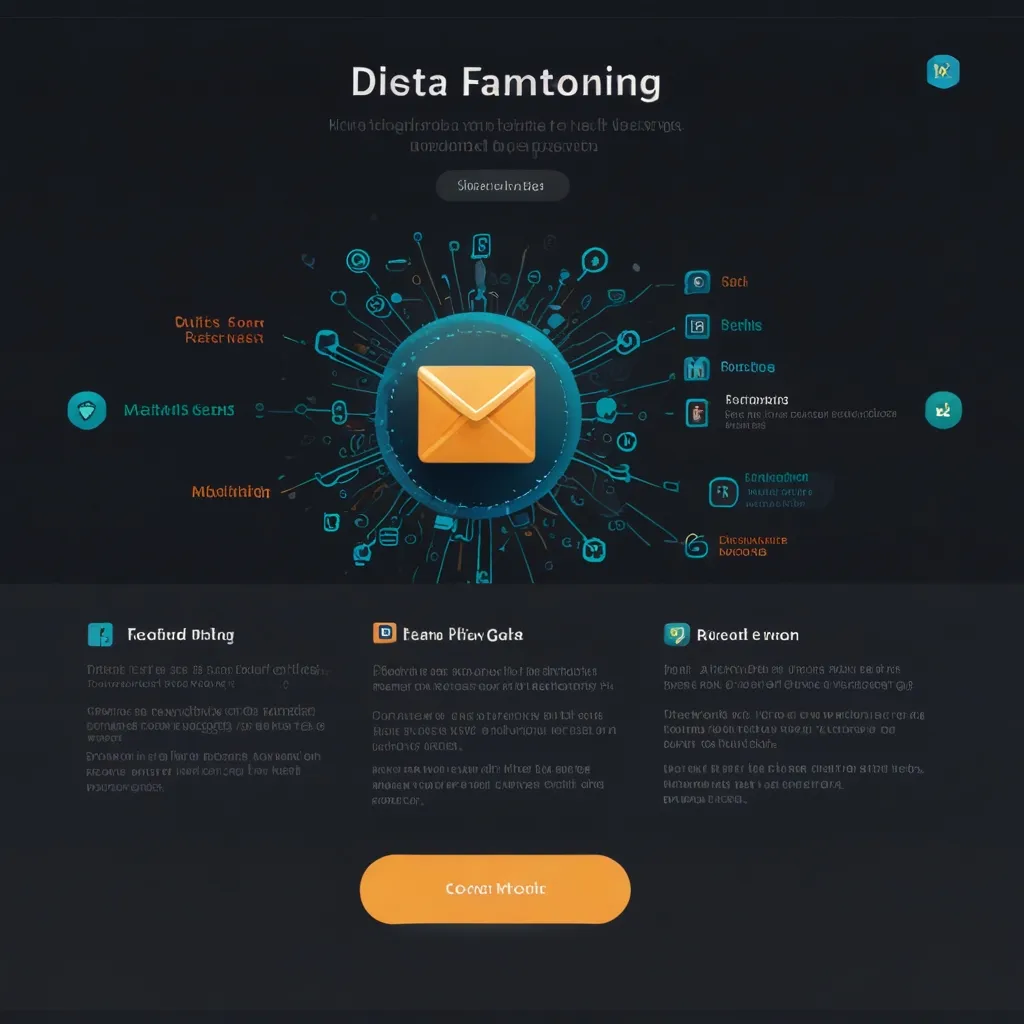Alright, let’s talk about making your web applications nice and smooth when dealing with heavy lifting tasks. Imagine you’re building a kickass website, running on FastAPI, and you need it to stay fast even when processing hefty jobs like sending bulk emails or resizing images. Well, that’s where Celery jumps in. It’s like having an extra pair of hands that handle those time-consuming tasks in the background, keeping your main web app zippy.
First off, why do you even need Celery? Simple: it’s an open-source task queue and scheduling tool that’s perfect for offloading jobs that might slow down your server. You know, things like sending out a ton of emails, crunching numbers for machine learning, or even basic stuff like tweaking image sizes. With Celery, these tasks don’t block your app’s main flow, meaning users get a super responsive experience.
Getting Celery hooked up with FastAPI isn’t a Herculean task either. Start by installing Celery and a message broker like Redis. You can grab these using pip:
pip install celery redis
Once you’ve got that sorted, set up a configuration file for Celery. Think of it as telling Celery where your Redis server is hanging out. Here’s a snippet to get you started:
from celery import Celery
app = Celery('tasks', broker='redis://localhost:6379/0')
After setting up Celery, define your tasks in a separate file. So let’s say you’ve got a couple of tasks, one for sending emails and another for resizing images:
from celery import shared_task
@shared_task
def send_email(email, message):
# Code to send an email
pass
@shared_task
def resize_image(image_path):
# Code to resize an image
pass
Now, let’s weave this into your FastAPI app. You’ll need to set up endpoints that push tasks to the Celery queue:
from fastapi import FastAPI, BackgroundTasks
from tasks import send_email, resize_image
app = FastAPI()
@app.post("/send-email")
async def send_email_notification(email: str, message: str):
send_email.apply_async(args=[email, message])
return {"message": "Email sent"}
@app.post("/resize-image")
async def resize_image_task(image_path: str):
resize_image.apply_async(args=[image_path])
return {"message": "Image resizing started"}
To get Celery to actually do the work, fire up a Celery worker. This worker grabs tasks from the queue and executes them. Run this command in your terminal:
celery -A tasks worker --loglevel=info
Keeping tabs on your tasks is just as crucial as running them. You can use Flower, a neat web-based tool, to monitor Celery tasks. Install it with pip:
pip install flower
Then, launch it:
celery -A tasks flower --port=5555
Pop open your web browser and head to port 5555, and voila, you’ve got a dashboard to monitor your tasks.
Sometimes, you might want to know the status of a task. Celery lets you track task statuses using task IDs. Here’s a quick way to whip up a FastAPI endpoint to check the status of a task:
from celery.result import AsyncResult
@app.get("/task-status/{task_id}")
async def get_task_status(task_id: str):
task = AsyncResult(task_id)
if task.state == 'PENDING':
return {"status": "Pending"}
elif task.state == 'FAILURE':
return {"status": "Failed", "reason": task.info}
elif task.state == 'SUCCESS':
return {"status": "Success", "result": task.result}
else:
return {"status": task.state}
Think of a typical workflow. A user sends a request to resize an image. Your FastAPI app quickly adds this task to the Celery queue and then gives the user a thumbs-up that the job’s started. Meanwhile, a Celery worker picks up the job and crunches through it. The user can also check the status of the job whenever they want. All smooth and efficient.
You might wonder when to use Celery over FastAPI’s native background task feature, BackgroundTasks. Basically, if your tasks are intense on CPU, Celery’s your buddy because it runs tasks separately, not in the same event loop as FastAPI. Also, Celery has robust task queue management that lets you retry tasks and check their statuses.
In summary, blending Celery with FastAPI takes your web app to a whole new level of performance. Offloading background tasks keeps your app responsive, which means happy users and a scalable app. If you’re planning to grow your application, Celery and FastAPI together are a match made in heaven.





